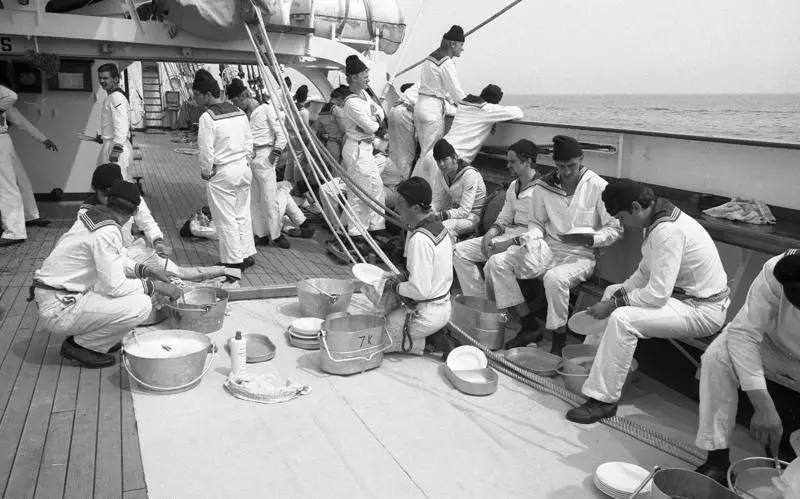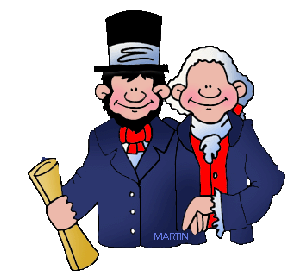Seaman
During the 1800s, the life of those at sea was harsh and difficult. Many of the sailors lived on ships that had cramped quarters, bad food, low pay, and was filled with disease.
These seafaring men and boys were often away from their home ports for months and years, facing bad weather and the dangers of the sea.
These men came from all walks of life, but most were from those that were poor or had lost any funds that they might have had. Working on a ship was not a preferred position.
- The men that were on these ships were often some of the toughest in society. They had to undergo horrendous conditions and were hard-drinking and less than desirable for social graces. When they weren’t working, they enjoyed dice and card games, Scrimshaw carving, playing musical instruments, model making, knot making, drawing, and telling tales. When they were working, they would sing “sea shanties” whose rhythm helped them in their repetitive tasks.
- There were strict divisions between the officers and the rest of the men. Officers had better living quarters and enjoyed the best food. In order to make sure everyone survived, they had to have strict discipline on the ship.

- Punishments for any seaman that went against the rules was pretty bad. Depending upon the offense, they could be tied to a rope and swung overboard and “keel-hauled” or ducked, “tarred and feathered” (covered in hot tar and then feathers), dragged underneath the ship, or flogged. Flogging was the most popular punishment and was required to be watched by the entire crew. A rope end was used to create a “cat o’ nine tails,” which was split into multiple strings with knots on the end. Anyone found guilty of murder or mutiny would be hanged from the yardarm.
- Feeding the crew was a priority, but with such long trips at sea, fresh food was rate. They would be fed salted pork or beef, fish, cheese, a kind of biscuit, and ale. Ale was used because freshwater would go bad. There was little space to store food, and without proper drainage or ventilation, food would go bad quickly. Ships were also always battling the rats that were onboard.
- There were lots of jobs on board to keep everyone busy. Jobs were given to those that could do the best, and they included: surgeon, cook, master gunner, parson, carpenter, quartermaster, and the one in charge of the sails was called the boatswain. Each seaman had duties, and they would involve cleaning decks, keeping watch, handling, and repairing the sails. One of the unusual things to note is that the names for the men working the ship came from origins that were Anglo-Saxon, but the officers (Captain, Admiral, and Lieutenant) are Norman-French. This was another way to show the division of class.
- Most ships didn’t have enough volunteers to make a full crew, so the various governments allow gangs to kidnap men and force them to join the ship’s crew. This was called “pressing” and was still continuing during 1850.
- There was a lot of disease and sickness that the men experienced at sea. Besides the wet and cold, the rats that were onboard carried diseases. The ship rarely had fresh fruit and vegetables, and the reduction in Vitamin C caused an illness called “scurvy.” Shipboard accidents were common, especially during wartime, and treatment was very limited, often resulting in infection.
Q&A:
What were some of the things a seaman would do on his off time?
Dice and card games, Scrimshaw carving, playing musical instruments, model making, knot making, drawing, and telling tales
What was it called when gangs kidnapped men to work as part of the ship’s crew?
Pressing
What did the crew often suffer from when they didn’t have fresh fruits and vegetables?
Scurvy
What was the standard diet of the crew on a ship?
Salted pork or beef, fish, cheese, a kind of biscuit, and ale
Why did the crew drink ale?
Fresh water wasn’t available or went bad
What vermin was usually found on the ships?
Rats



